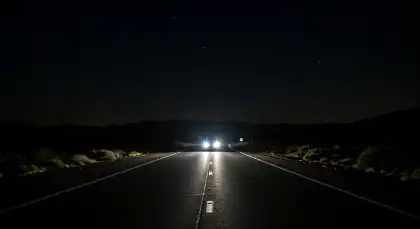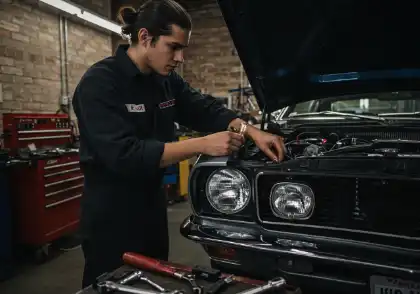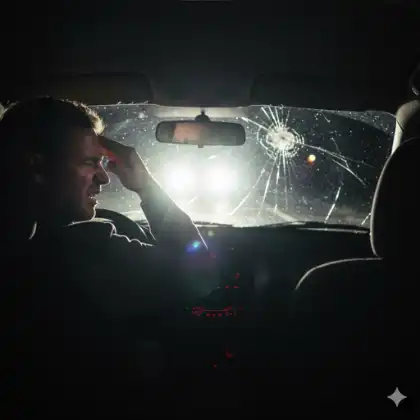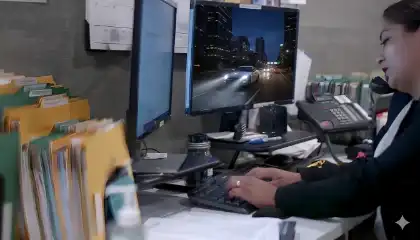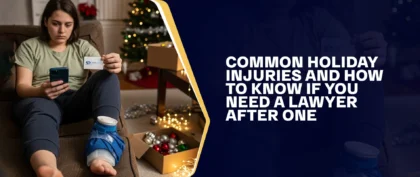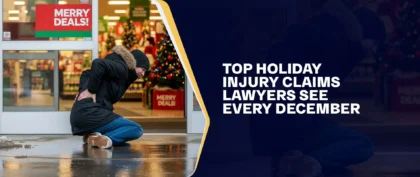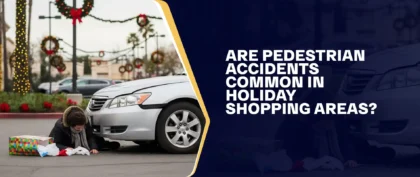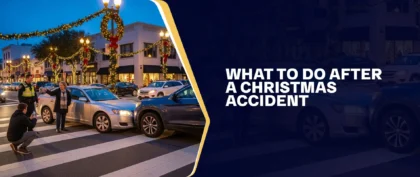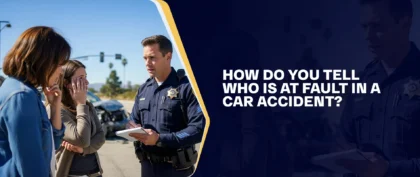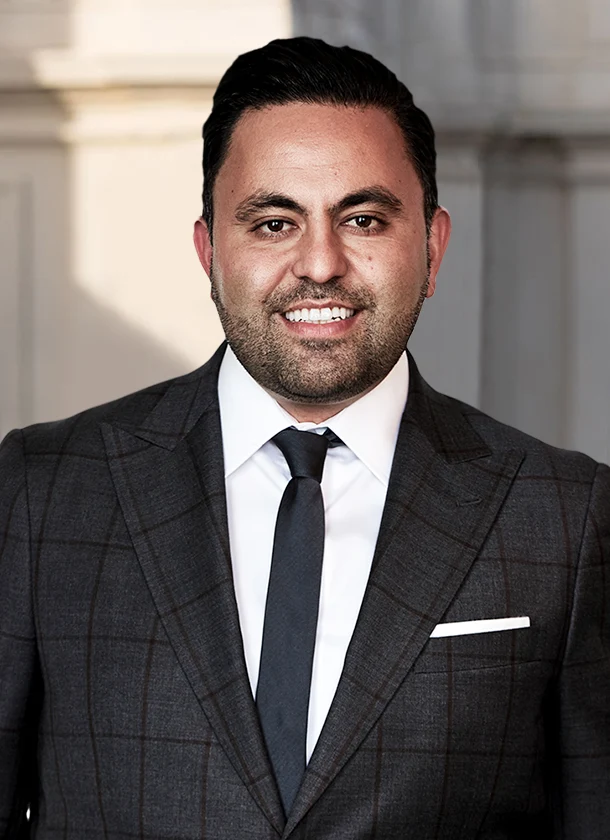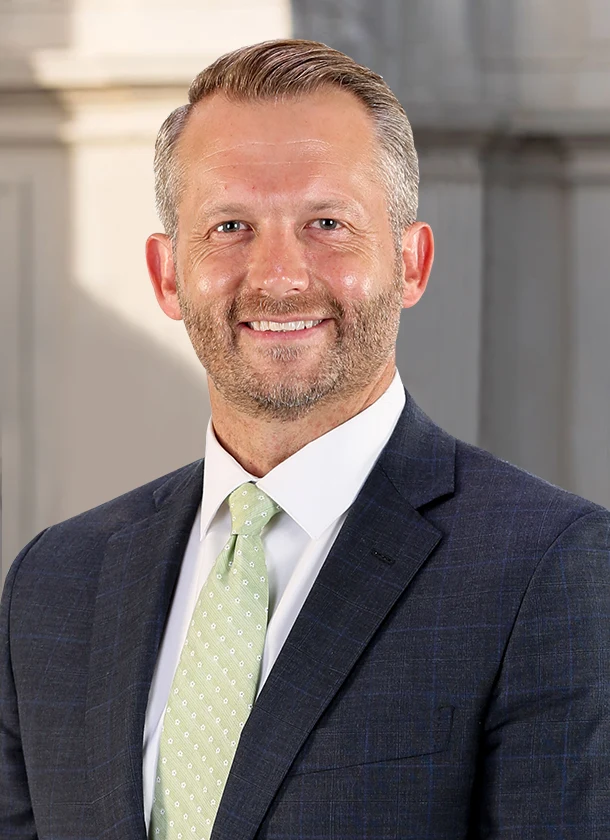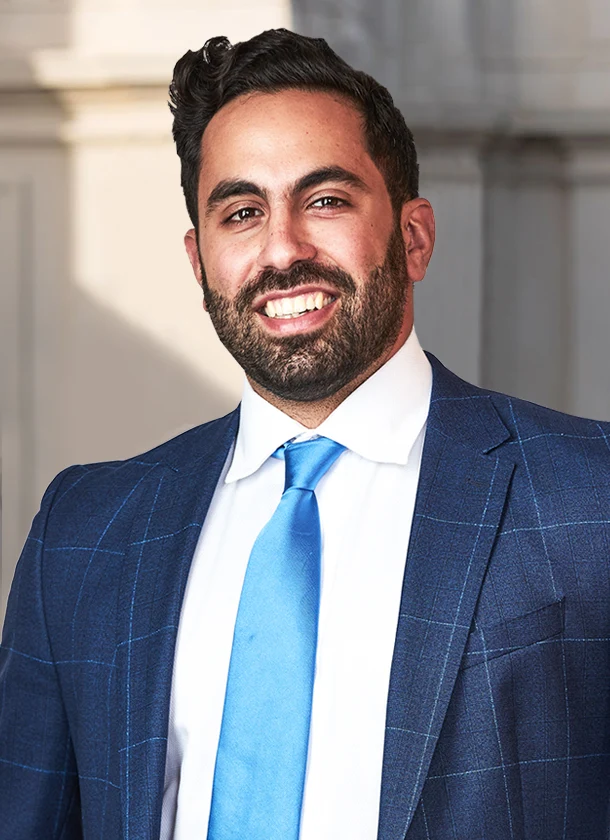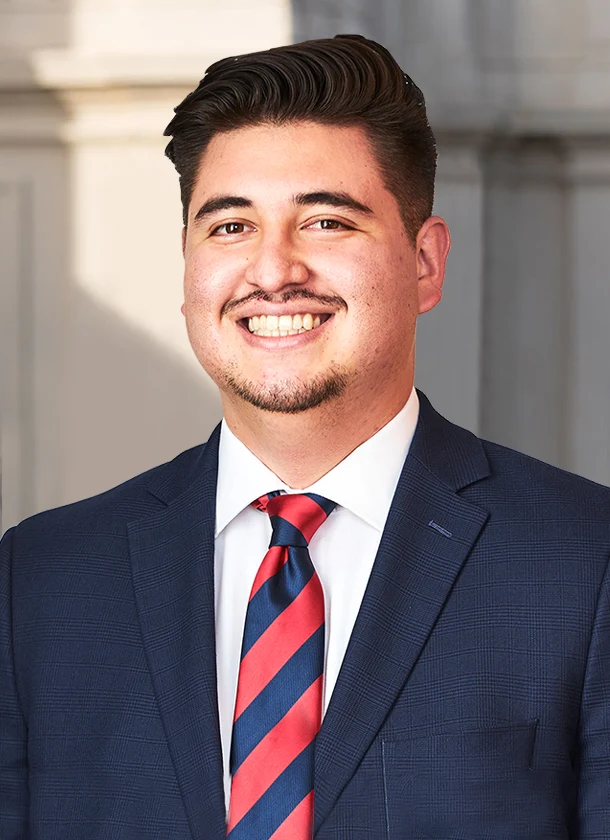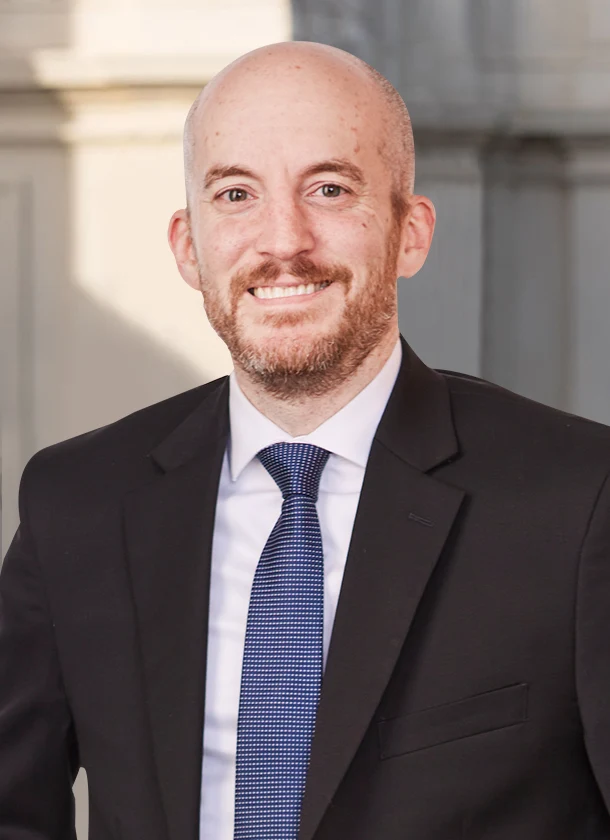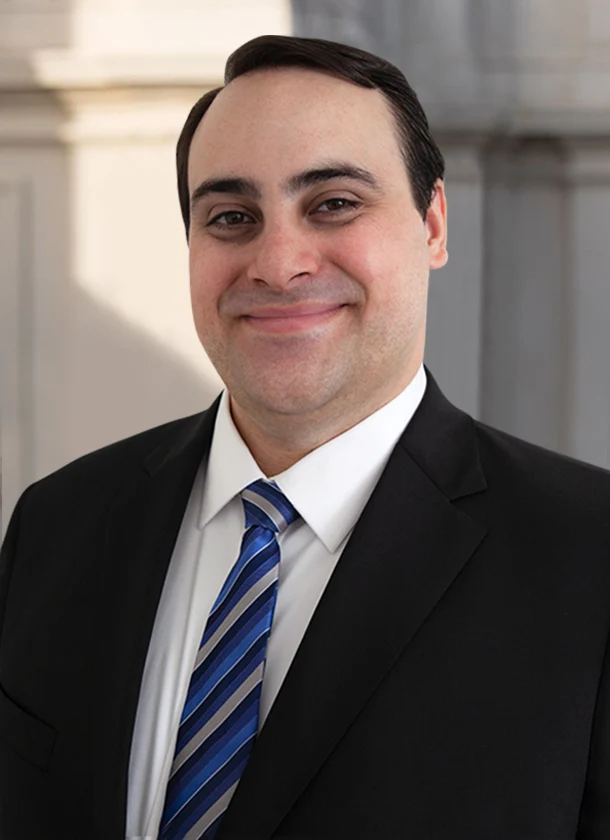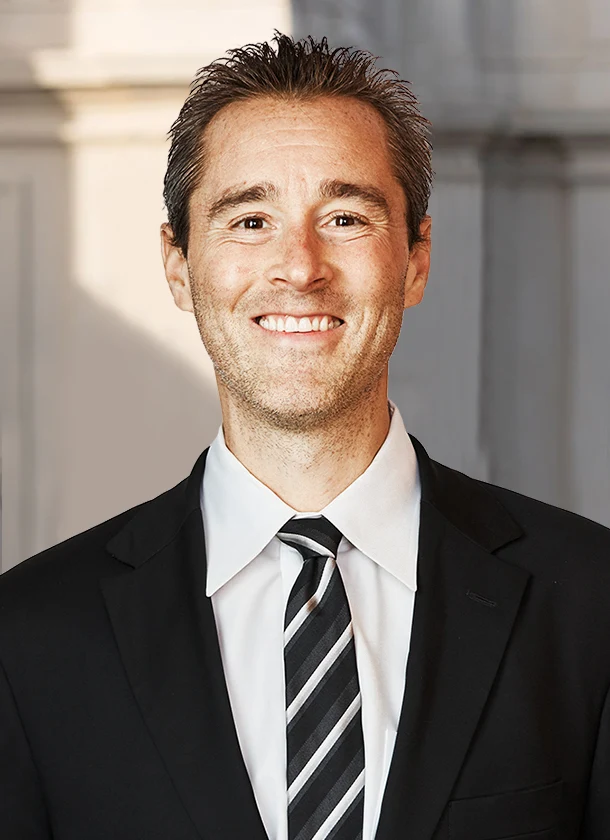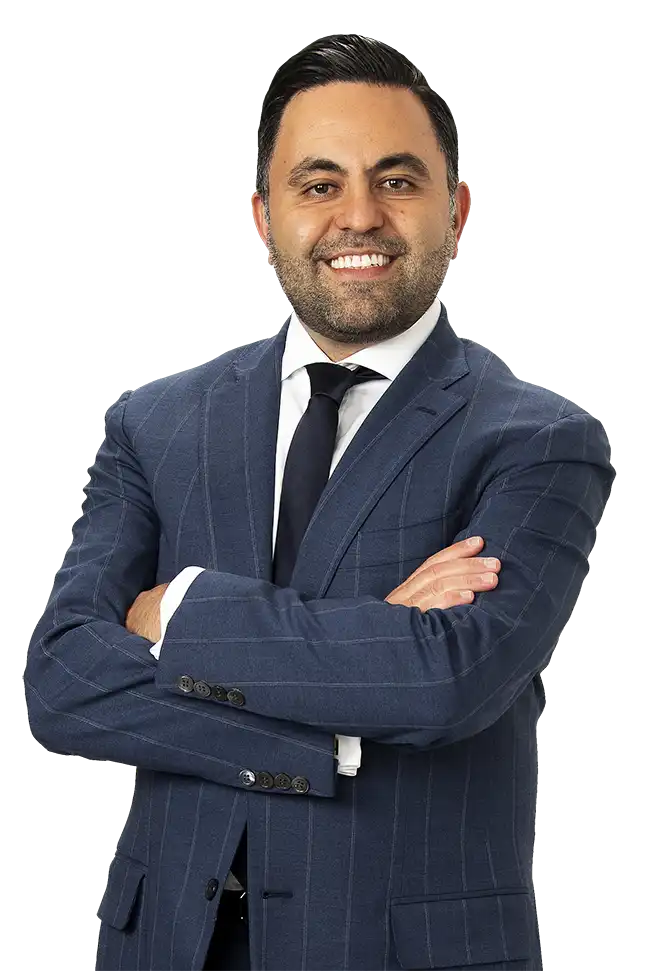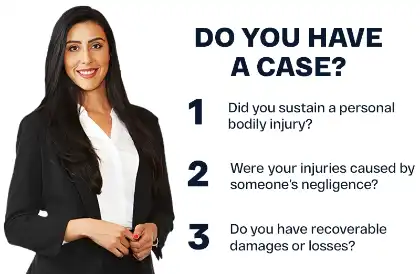TL;DR: Driving with high beams on around other cars is dangerous because the glare can blind drivers and cause crashes, especially in rain or fog. California law says you must switch to low beams when an oncoming car is within 500 feet or you’re following another vehicle within 300 feet.
Table of Contents
Yes, driving with your high beams on can be dangerous because it can blind other drivers and increase the risk of a crash. Using them at the wrong time can blind oncoming drivers, reflect into mirrors, and increase the risk of rear-end or head-on collisions. High beams are only intended for use on dark, rural roads with little to no traffic nearby.
California law requires drivers to dim their headlights within 500 feet of oncoming vehicles and 300 feet when following another car. Misusing high beams not only raises accident risks but may also lead to traffic citations, liability in crashes, and even lawsuits.
Understanding the safe and legal use of high beams can help drivers avoid dangerous situations, protect pedestrians and cyclists from being blinded, and minimize the likelihood of complex liability disputes following a crash.
Here are key facts about high beam safety and California law:
- Misusing high beams blinds oncoming drivers and increases the risk of crashes.
- Nighttime driving already accounts for 50% of traffic deaths, despite reduced travel.
- California law: dim within 500 feet of oncoming cars.
- California law: dim within 300 feet when following another vehicle.
- High beams worsen visibility in fog, rain, or snow.
- Car accident lawyers can assess high beam liability cases.
Understanding The Risks Of Driving With High Beams
High beams improve visibility on dark or rural roads, but using them incorrectly can put everyone at risk. When drivers misuse these powerful lights, the glare can blind others and increase the chance of accidents.
Nighttime driving is already more dangerous than daytime driving. Although only about 35% of driving occurs after dark, 50% of traffic deaths happen at night. This highlights the importance of drivers being especially cautious at night and understanding the challenges of nighttime driving.
In California, drivers must turn on their headlights 30 minutes after sunset and 30 minutes before sunrise. Using them correctly not only helps you see the road but also prevents glare that can lead to rear-end accidents or even head-on collisions. Discover the heightened dangers of driving at night and 12 safety tips to lower the risk of accidents.
Why Drivers Use High Beams
High beams are an important feature for nighttime driving. They provide drivers with a wider and brighter view of the road, especially in areas where streetlights are limited. This extra visibility helps you prepare for what’s ahead and drive more confidently in the dark.
- Benefits of High Beams:
- Enhance long-distance visibility to see farther down the road.
- Highlight curves, intersections, or signs earlier than low beams.
- Make it easier to detect animals or debris in your path.
- Why Proper Use Matters:
- Blinding oncoming drivers with glare can cause them to lose control of their vehicle.
- Reflected light in mirrors can distract drivers in front of you.
- The overuse of high beams increases the risk of accidents, especially in congested traffic.
When To Use High Beams Safely
You should only use high beams in specific conditions where extra light is needed and will not affect other drivers.
Best times to use high beams:
- At night, on rural roads, when streetlights are limited or missing.
- In clear weather, when there’s no fog, rain, or snow to reflect the light.
- When no other vehicles are nearby, so you don’t impair the vision of the approaching drivers.
Modern cars often feature automatic or adaptive high-beam systems, which are among the many safety technologies designed to enhance visibility. Even with these systems, drivers are still responsible for dimming their headlights when traffic is present. Improper aiming or poorly installed aftermarket systems can still create dangerous glare that violates safety regulations.
When To Use Low Beams
Low beams are the safer option in many everyday situations. They provide enough visibility without putting others at risk.
Switch to low beams when:
- Driving in cities or residential areas, where streetlights already provide visibility.
- In fog, rain, snow, or smoke, high beams reflect off particles and impair your vision.
- When passing or following another vehicle, avoid blinding drivers with the glare from your mirrors.
Doing so may help reduce the risk of:
Bicycle safety research also reveals how headlight glare can affect cyclists and potentially lead to bicycle accidents.
The Hidden Dangers Of High Beam Misuse
High beams are designed to enhance safety, but using them at the wrong time can pose serious risks to everyone on the road. Bright glare and poor visibility can turn a helpful tool into a hazard, increasing the likelihood of car accidents.
- Blinding & Glare Hazards
- Flash Blindness — Sudden exposure to high beams can temporarily blind oncoming drivers, leaving them unable to see the road for several seconds.
- Distance Misjudgment — Excessive brightness can distort depth perception. It may cause drivers to brake too late or miscalculate turns.
- Poor Weather Conditions
- Backscatter Effect — In fog, heavy rain, or snow, high beams reflect off moisture in the air. Instead of lighting your path, the glare creates a wall of white light that reduces visibility to just a few feet.
- Driver Behavior Risks
- Road Rage — Blinding another driver often leads to frustration, which may trigger aggressive driving behaviors such as tailgating or sudden lane changes.
- Unsafe Decisions — Misjudging speed, distance, or road conditions under the glare of high beams can result in poor reactions. These mistakes may lead to catastrophic crashes and even wrongful deaths.
Headlight Aiming and Maintenance
Sometimes drivers use low beams but still get flashed by others. This can happen if the headlights are aimed too high, the lens is hazy, or the covers are dirty. Mismatched or poorly installed bulbs can also cause excessive glare. Keeping headlights aligned and clean helps prevent dangerous misperceptions on the road.
California Laws On High Beams
California has specific rules regarding the use of high beams to prevent glare-related accidents. California Vehicle Code outlines these rules, explaining when drivers must dim their lights.
- Within 500 Feet for Oncoming Vehicles — Drivers must switch to low beams when another car is within 500 feet. This prevents the strong glare of high beams from blinding the approaching driver.
- Within 300 Feet When Following a Vehicle — When driving within 300 feet behind another car, drivers must use only low beams. The light from high beams can reflect into the other driver’s mirrors, making it harder for them to see the road.
Using low beams in these situations still provides safe visibility while protecting other drivers from glare. Failure to follow these rules can result in fines, citations, and increased liability in the event of an accident.
What To Do After A High Beam Accident
Getting involved in an accident caused by the improper use of high beams can feel overwhelming. Taking these steps afterward can help protect your health, your rights, and potential claims.
- Immediate Steps:
- Seek Medical Care — Get checked by a doctor as soon as possible, even if you feel fine. Some injuries appear hours or days later, such as:
- Neck injuries
- Head injuries
- Brain injuries
- Back injuries
- Spinal cord injuries
- Internal injuries
Prompt treatment helps protect your health and creates medical records that can support your claim.
- Call the Police — Report the crash right away. An official police report can back up your version of events and document the other driver’s actions.
- Gather Evidence — Take photos of the vehicles, the road, and any visible injuries. Collect the names and contact information of witnesses. Moreover, retain copies of relevant medical records. These pieces of evidence can strengthen your car accident claim and help prove what really happened.
- Evidence Checklist for Headlight Misuse Cases — If dangerous headlight glare played a role in your accident, this evidence can support your claim:
- Dashcam footage showing glare or beam pattern.
- Eyewitness statements about angles and the blinding effect.
- Crash data confirming headlight status.
- Repair or maintenance records tied to the headlight condition.
- Photos of the bulb type or aftermarket modifications.
- Evidence Checklist for Headlight Misuse Cases — If dangerous headlight glare played a role in your accident, this evidence can support your claim:
- Seek Medical Care — Get checked by a doctor as soon as possible, even if you feel fine. Some injuries appear hours or days later, such as:
- Protecting Your Claim:
- Avoid Insurer Pressure or Statements — The other driver’s insurance company may call you after the accident. Don’t give a recorded statement or accept blame without speaking to a lawyer first. What you say can be used against you.
- Contact a Personal Injury Lawyer — Skilled car accident lawyers can review your case and explain your options. They will also communicate with insurers on your behalf. Having legal guidance helps you avoid agreeing to something that could harm your claim.
Legal Considerations In High Beam Accident Cases
Accidents caused by the misuse of high beams often involve complex legal issues. Determining who may be at fault, how liability is shared, and what damages can be recovered all play crucial roles in the outcome of a claim. Understanding these factors can help injured drivers and passengers know what to expect if they decide to pursue legal action.
How To Establish Negligence In High Beam Accidents
Determining fault in accidents involving high beam misuse is often challenging. Crashes frequently involve multiple vehicles and various contributing factors. However, if a driver misuses their headlights or fails to maintain them properly, they may be held responsible for the accident.
To show negligence in a high beam accident, these basic elements usually need to be established:
- Duty of Care — This refers to the legal duty to act with reasonable care to prevent foreseeable harm to others. Every driver has a legal responsibility to operate their vehicle safely and follow California’s headlight laws.
- Breach of Duty — Drivers fail to meet this responsibility when they use high beams improperly, drive with broken lights, or create dangerous glare.
- Causation & Damages — The unsafe use of headlights directly caused the accident, resulting in injuries, medical expenses, or property damage.
However, not all high beam accidents are caused by driver error. In some cases, the headlights themselves may be defective. If so, responsibility could extend to the manufacturer or distributor under product liability law.
- Design Defect — The headlights were poorly designed, posing risks to all vehicles of the same model.
- Manufacturing Defect — A mistake in the production or installation process made the headlights unsafe.
- Failure to Warn — The manufacturer did not provide proper instructions or warnings about known risks of the headlight system.
What Is Pure Comparative Negligence And How Does It Work?
California follows a pure comparative fault system, which means multiple parties can share fault. Even if a court finds you partly responsible for the crash, you may still recover damages. However, the amount is reduced based on your percentage of fault.
For example, if another driver blinds you with their high beams and you drift into another lane, the court might decide you are 35% at fault while the other driver is 65% at fault. In that case, you could still recover compensation, but your share of the fault would reduce your total.
Accident lawyers can help you understand how pure comparative negligence applies to your case. They can assess fault, gather evidence, and help you pursue compensation based on your level of responsibility.
Types Of Recoverable Damages In Headlight Accident Cases
Your personal injury lawyer can help you identify the damages you can pursue in personal injury cases. They will review all bills, receipts, and other records that can support your case. They will use this evidence to calculate the compensation you may be eligible for.
Depending on the accident and the seriousness of your injuries, you may be able to pursue several types of damages, including:
- Economic Damages — If the accident resulted in financial difficulties, you may be eligible to recover these costs. These can include medical bills, lost wages, or property damage related to the accident.
- Non-Economic Damages — You may also be compensated for non-financial impacts, such as pain and suffering, emotional distress, or a lower quality of life.
Time Limits For Filing A Personal Injury Lawsuit In CA
California sets strict deadlines for personal injury cases. This time limit is also known as the statute of limitations. Missing these deadlines may mean losing your chance to pursue compensation.
- Generally, you must file a personal injury lawsuit within two years of the accident.
- You must file an administrative claim within six months if a government agency was involved.
- The deadline may be extended if the victim is a minor or unable to take legal action.
Experienced car accident lawyers can review your case. They will explain your filing options and help you take timely action to protect your rights.
Common Questions On The Danger Of Driving With High Beams On
Knowing the risks of driving with high beams on and understanding traffic laws is crucial for your safety. Below are some common questions about how high beams should be used, the dangers associated with them, and what to do in the event of an accident.
If you don’t find the answers to your questions here, please contact Arash Law for a free case evaluation.
Is It Illegal To Drive With High Beams On In California?
If misused, driving with high beams on can be illegal in California. High-beam headlights, also called brights, cannot be used within 500 feet of oncoming vehicles or 300 feet of a car you are following. Drivers could still use high beams on open roads or areas with low visibility. However, high beams must be dimmed when other vehicles are nearby.
Some very bright headlights are not considered high beams. Many newer luxury vehicles have high-intensity headlights designed to simulate daylight. These headlights are legal as long as they emit a clear light.
Are Pop-Up Headlights Illegal In California?
Pop-up headlights are legal in California if they meet the state’s requirements for brightness, positioning, and color. However, very few cars have pop-up headlights. Most manufacturers no longer include them because they are prone to electrical problems.
What Is It Called When People Pass Out From Flashing Lights?
Passing out from flashing lights is called photosensitive epilepsy, the most common type of reflex epilepsy. People with this condition may have seizures when exposed to certain visual stimuli.
High beams typically emit a steady, continuous light. However, when a driver intentionally flashes their high beams, the sudden bright flashes can trigger seizures in people with photosensitive epilepsy and temporarily distract other drivers. Even brief exposure can be dangerous, so using high beams properly is important for road safety.
Is It Illegal To Drive With One Headlight In California?
Yes. California law requires every vehicle to have two working headlights. If you drive with only one, a police officer can pull you over and issue a ticket.
A missing headlight also makes it harder for you to see the road. Other drivers may not notice your car, especially at night. This increases the chance of an accident.
Sometimes, the problem comes from an auto defect. In these cases, you may have a product liability claim against the manufacturer or distributor. To stay safe and avoid legal trouble, repair a broken headlight as soon as possible.
What Type Of Headlights Are Illegal In California?
In California, headlights must emit a white or yellow light. Colors like blue, red, or purple are not allowed because they can cause confusion or impair the visibility of other drivers. Extremely bright headlights are also illegal if they go over the state’s brightness limit, which is 2,513 lumens. These rules are in place to keep the roads safer for everyone. If you’re considering upgrading or modifying your headlights, ensure they meet California’s standards before installation.
California also regulates aftermarket modifications. Drop-in LED conversions placed in housings designed for halogen bulbs often create illegal glare. These modifications can impair the vision of other drivers and may expose the installer or driver to liability if they contribute to an accident.
Get Legal Help After A High Beam-Related Accident
You can pursue legal action if an accident caused by the improper use of high beams injured you. Working with experienced motor vehicle accident attorneys can help you navigate the process. They can help gather evidence and advocate for your rights.
At AK Law, our car accident lawyers can assist you with the paperwork and help you pursue compensation based on your specific circumstances. This support may help alleviate some of the stress associated with the claims process, allowing you to focus on your recovery.
Call (888) 488-1391 to discuss your case or complete our “Do I Have A Case?” form online for a free initial consultation.

